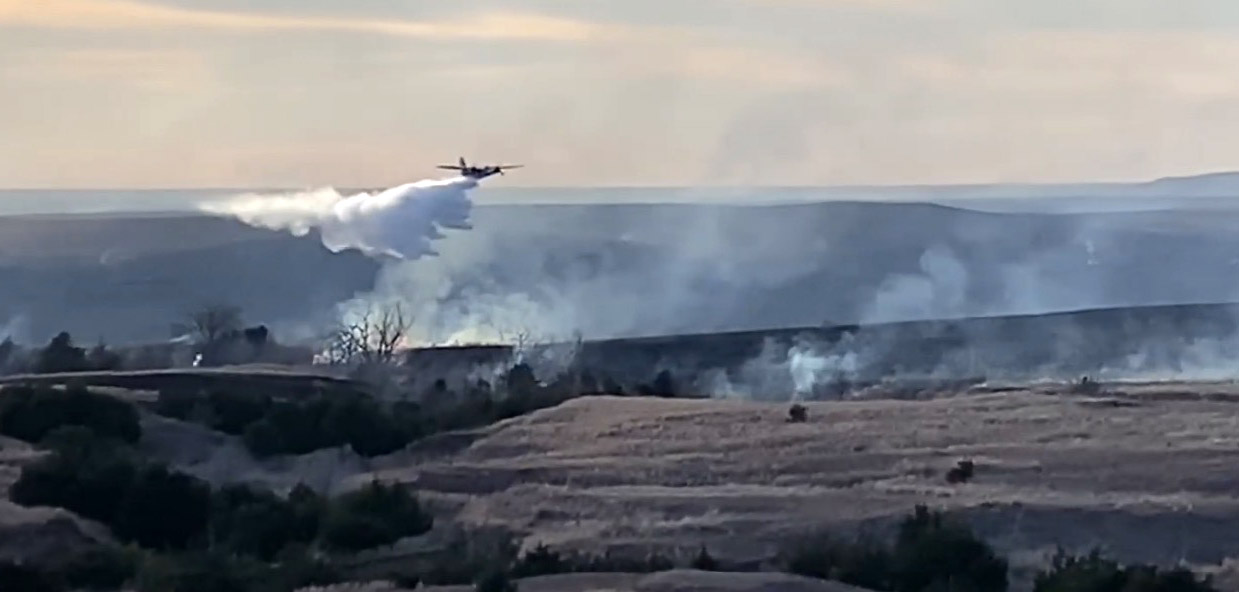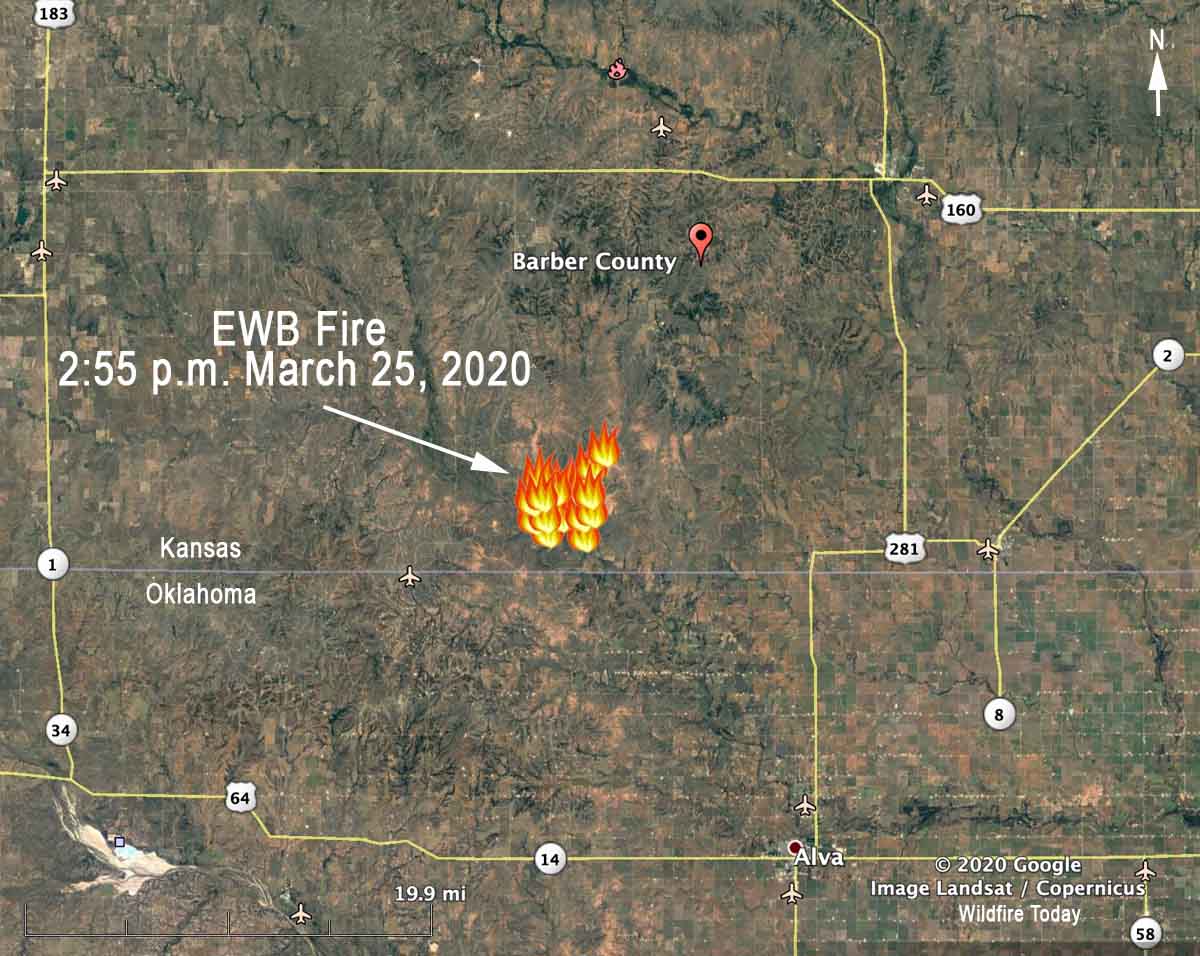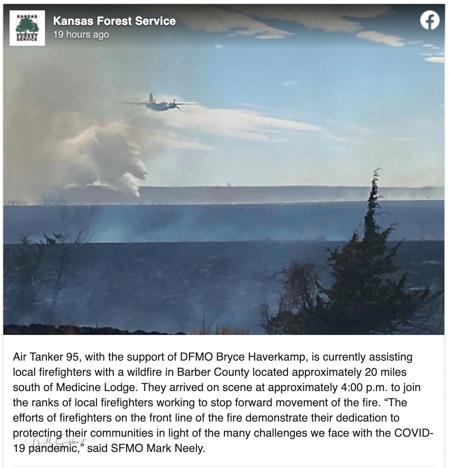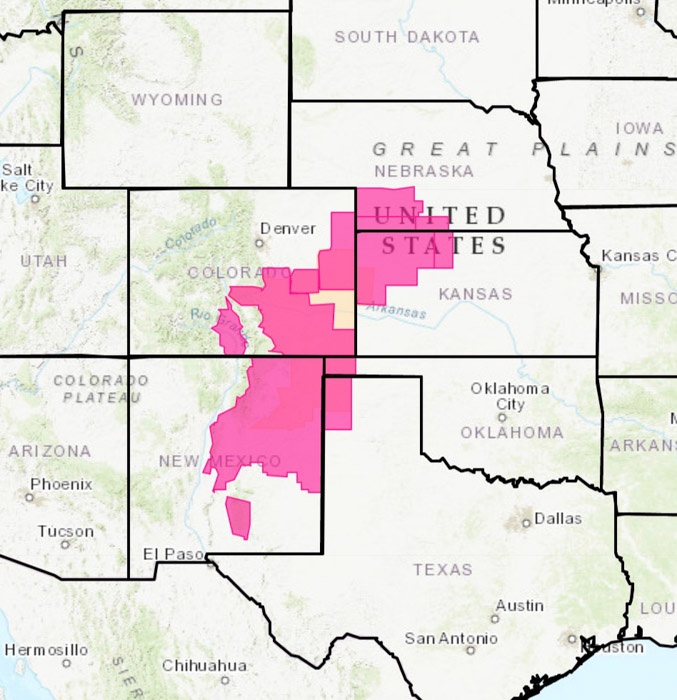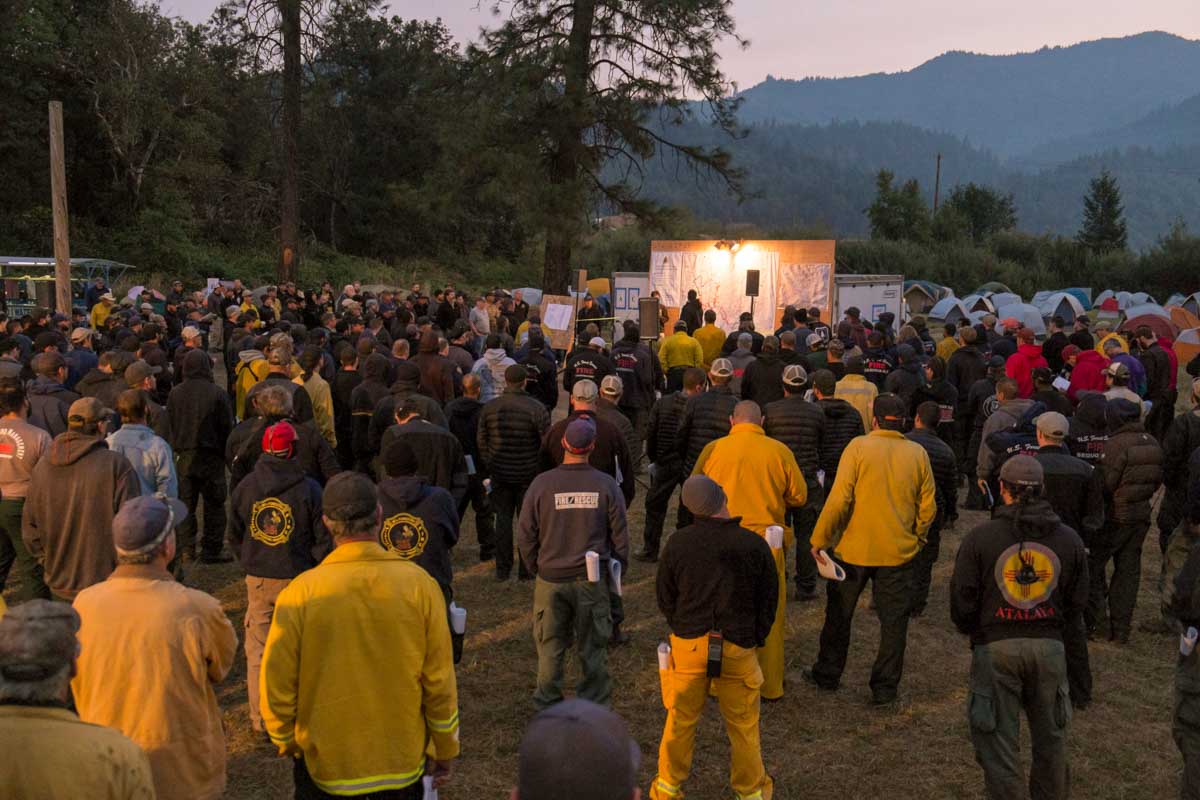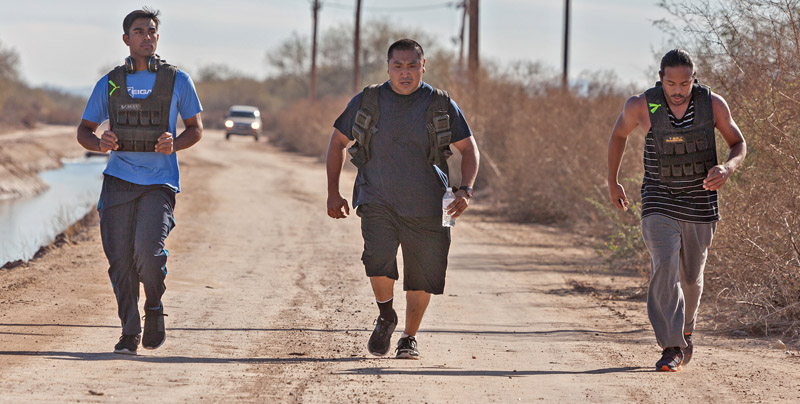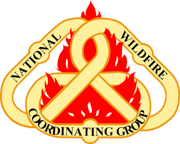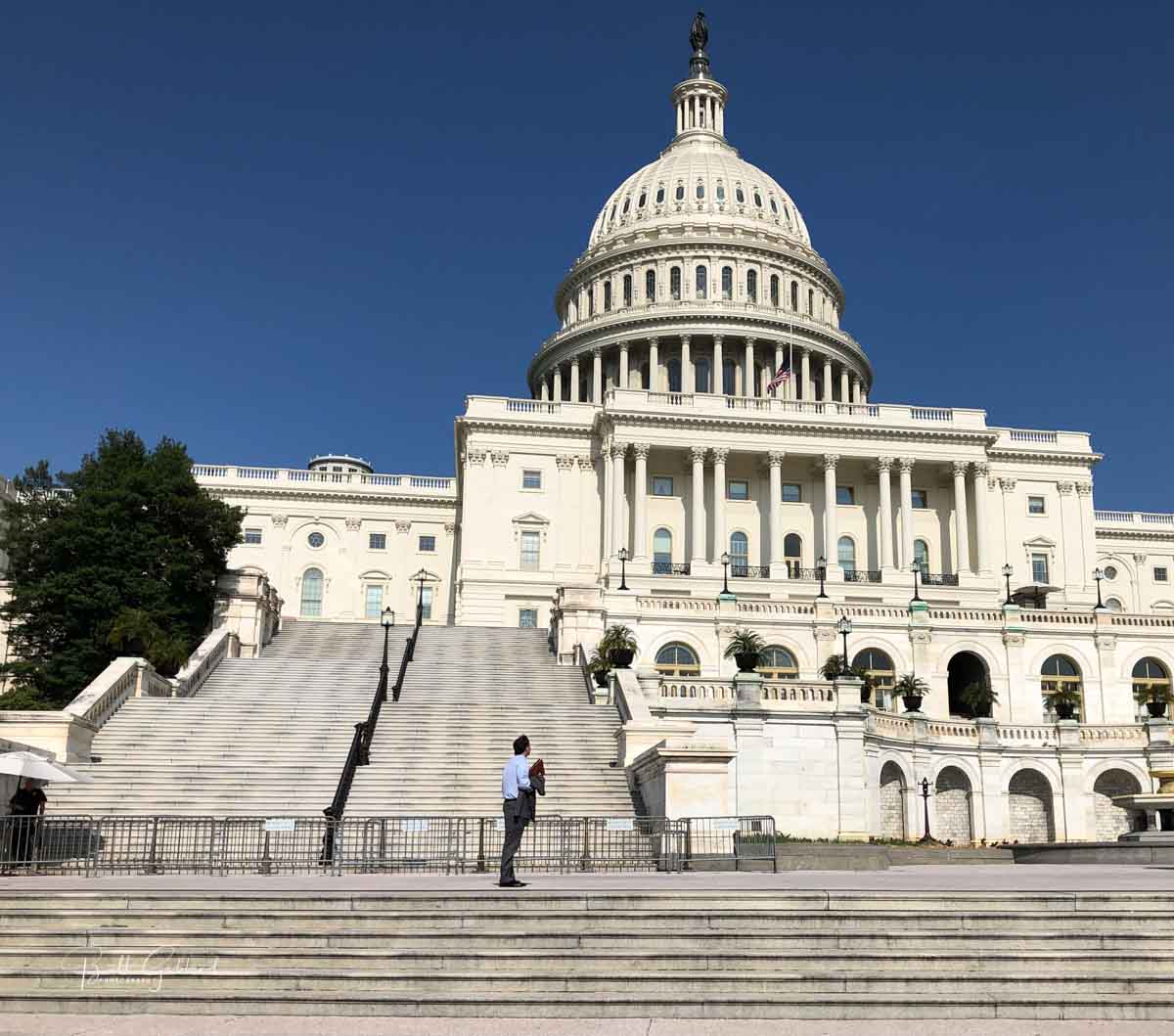
The coronavirus legislation, which passed late Wednesday night in the Senate 96 to zero, would send checks to more than 100 million Americans, establish loan programs for businesses, supplement unemployment insurance programs, and boost spending for hospitals. The House is expected to pass it either Friday or Saturday.
Of the $2.2 trillion allocated in the legislation, $70.8 in the four bullet points below is set aside for the U.S. Forest Service. The bill specifies that the funds shall be allocated at the discretion of the Chief of the Forest Service. The page numbers refer to a copy of the legislation at Politico.com that passed the Senate.
- P. 715: $3.0 M, to prevent, prepare for, and respond to coronavirus, domestically or internationally, including for the reestablishment of abandoned or failed experiments associated with employee restrictions due to the coronavirus outbreak.
- P. 716: $34.0 M, for the U.S. Forest Service to prevent, prepare for, and respond to coronavirus, domestically or internationally, including for cleaning and disinfecting of public recreation amenities and for personal protective equipment and baseline health testing for first responders.
- P. 717: $26.8 M, for ‘‘Capital Improvement and Maintenance’’, to prevent, prepare for, and respond to coronavirus, domestically or internationally, including for janitorial services.
- P. 717: $7.0 M, for ‘‘Wildland Fire Management’’, to prevent, prepare for, and respond to coronavirus, domestically or internationally, including for personal protective equipment and baseline health testing for first responders.
The four items above are very similar to the language in the version of the bill that failed to pass the Senate on Sunday and Monday.
There is no specific allocation of funds for wildland fire programs in the Department of the Interior, where four of the nine major agencies are land management agencies with fire programs. However, on page 711 you will see that $158.4 million is appropriated department-wide and the Secretary of the Interior is granted authority to use the funds anywhere in the Department to prevent, prepare for, and respond to coronavirus, domestically or internationally.
FEMA will receive $100 M (page 703) for Assistance to Firefighter Grants for the purchase of personal protective equipment and related supplies, including reimbursements.

